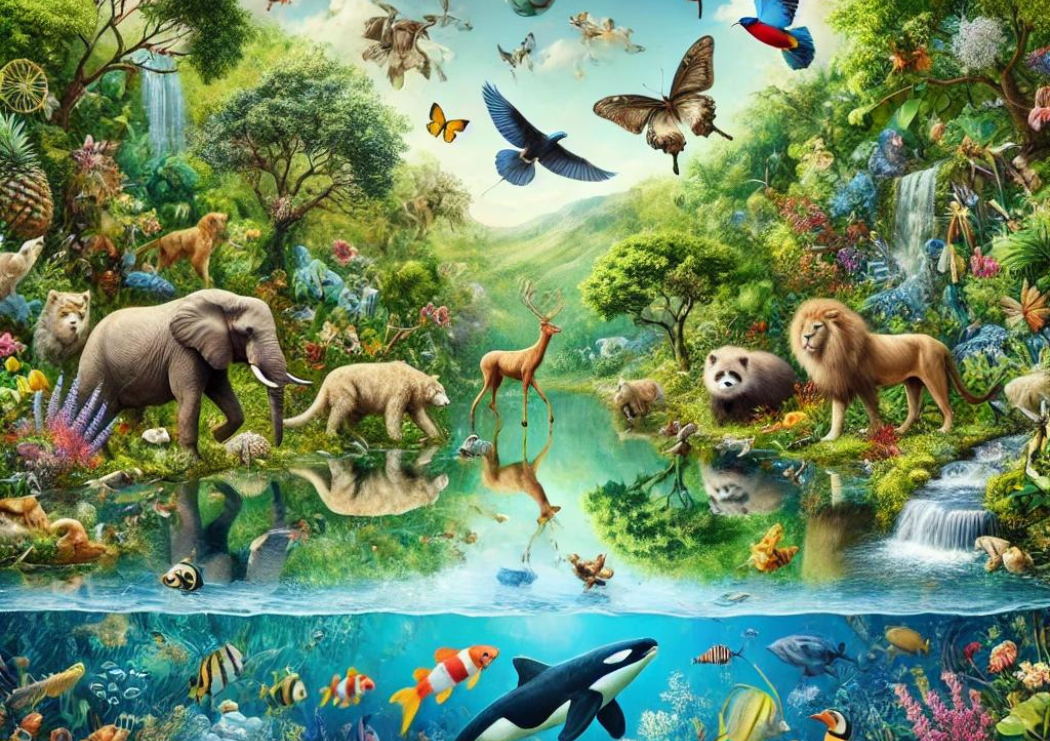Velociraptor Origins
Velociraptor: What They Were and How They Disappeared

What Was the Velociraptor?
The Velociraptor, often shortened to "raptor," was a small but fearsome predator that lived approximately 75 to 71 million years ago during the late Cretaceous period. Despite being depicted as much larger in popular media, the Velociraptor was actually around the size of a modern-day turkey, standing about 2 feet tall at the hips and reaching a length of 6 to 7 feet. It weighed around 30 pounds.
Velociraptors belonged to the family of theropod dinosaurs, which are characterized by their bipedal stance and carnivorous diets. Their most distinctive feature was a large, curved claw on each foot, which they likely used to capture and subdue prey. In addition to its sharp claws, the Velociraptor had a long, stiff tail that helped it maintain balance while hunting or running.
Despite its relatively small size, the Velociraptor was a highly intelligent and agile hunter. Fossil evidence suggests that Velociraptors may have hunted in packs, preying on small herbivores and possibly scavenging carcasses as well.
Why Did Velociraptors Disappear?
Like other non-avian dinosaurs, Velociraptors became extinct around 66 million years ago during the Cretaceous-Paleogene (K-Pg) extinction event. This extinction is believed to have been caused by a combination of environmental catastrophes, most notably the impact of a massive asteroid and increased volcanic activity.
The Asteroid Impact
One of the main causes of the extinction was the impact of a 6-mile-wide asteroid that struck the Yucatán Peninsula, forming the Chicxulub crater. This event released an enormous amount of energy, causing wildfires, tsunamis, and a "nuclear winter" effect as debris blocked sunlight. This would have led to a collapse in plant life, which in turn disrupted the entire food chain, making survival impossible for Velociraptors and many other species.
Volcanic Activity
At the same time, intense volcanic eruptions in the region now known as India (the Deccan Traps) were releasing massive amounts of greenhouse gases into the atmosphere. This caused dramatic climate changes, including global warming and acid rain, which further destabilized ecosystems. The combination of the asteroid impact and volcanic activity created conditions that were catastrophic for life on Earth, wiping out the Velociraptor along with about 75% of all species.
The Legacy of Velociraptor
While Velociraptors disappeared millions of years ago, their fossil remains provide valuable insights into dinosaur behavior and evolution. Modern birds are thought to be descendants of theropod dinosaurs like Velociraptors, meaning that while they are extinct, their lineage continues in the avian species we see today.
Resources to Learn More
- Books:
- "Raptors of the Cretaceous" by David E. Fastovsky
- "The Dinosaur Hunters: Velociraptor" by Dougal Dixon
- Documentaries:
- Planet Dinosaur (BBC)
- Walking with Dinosaurs (BBC)
- Museums:
- Mongolian Dinosaur Museum, Ulaanbaatar, Mongolia (home to some of the best-preserved Velociraptor fossils)
- American Museum of Natural History, New York, USA
- Online Resources:






Leave a comment